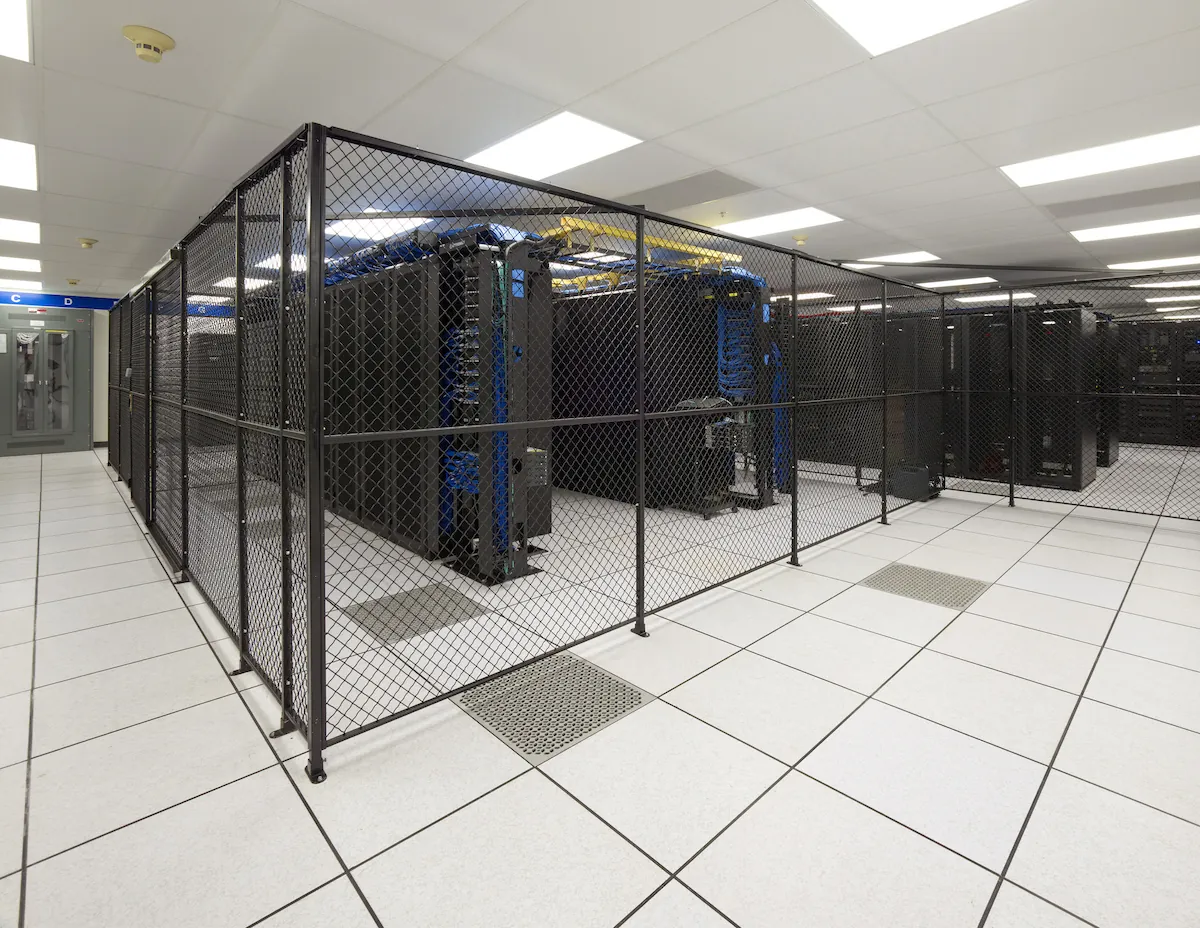Managing Airflow in Colocation Facilities: How to Get Started11 min read

Many types of companies use colocation facilities (multi-tenant or shared data centers) for various reasons. In many cases, they either don’t have enough cabinets to justify their own data center, or they want the higher reliability of a colo site for their most critical equipment, even if they already have a data center of their own. While colocation facilities are different in terms of business model, they are no different than any other data center that has to provide reliable power, connectivity, and cooling. One of the largest expenses of a facility, and arguably one of the most important for equipment protection, is cooling. This becomes an important consideration for both owners and tenants because without proper cooling providing consistent and appropriate intake temperatures, server reliability will be compromised.
As we all know, ASHRAE sets standards for IT equipment intake temperatures. The recommended range is 64.4°F to 80.6°F (18°C to 27°C). These parameters are set mainly to achieve the most reliable operation of IT equipment and secondarily to allow for the efficient operation of the cooling infrastructure. Keeping an ever-changing facility environment within these boundaries, however, can be a challenge.
The challenges colos face when trying to maintain best practices for airflow and thermal management are primarily because of having multiple customers in the same room. Cages required to provide security make it hard to maintain hot and cold aisle layout and prevent spaces in cabinet rows. It can also be hard to make customers use blanking panels, and hard to control placement of IT equipment in cabinets to assure front-to-back airflow. All of these issues are related and together can significantly compromise airflow management (AFM) best practices, the prevention of mixing and recirculation of air.
The best way for colos to address these issues is in the initial customer contract/agreement/SLA (Service Level Agreements). This is where the colo can require customers to use blanking panels and adhere to facility requirements, etc. Encouraging and enforcing AFM best practices are much harder to do if they’re not included in the original agreements. For colos that want to do as much as they can to reduce OPEX and improve profitability, below are a few steps that can be taken.
Calculate the Cooling Capacity Factor
The Cooling Capacity Factor (CCF) was developed by Upsite Technologies to help data centers identify how well the valuable and expensive resource of cooling capacity is being utilized. A facility’s CCF is calculated by dividing the total manufacturer’s stated cooling capacity of running cooling units by 110 percent of the IT critical load. The resulting number provides insight into how much opportunity there is to improve cooling management.
To calculate your facilities CCF, use this simple formula:
CCF = Total rated cooling capacity (kW) / UPS output load (kW) x 1.1
The goal is to have a CCF of approximately 1.2, however the CCF most appropriate to your site will depend on a few factors such as computer room(s) size, the number of running cooling units, and cooling unit fan speeds (variable speed fans). In sites with variable speeds fans, the CCF may become challenging to calculate and we’d be more than happy to assist you in calculating. Feel free to contact us here.
Once a site knows their CCF, it can move on to determining where airflow management improvements are needed most — both from the owner’s point of view and from the tenants’, who are heavily invested in leasing a secure, reliable, and efficient space for their IT equipment.
>>Download our Cooling Capacity Factor White Paper to learn more
Review the Application of Airflow Management Methodologies
Whether using most or little of their cooling capacity, a colocation facility must still evaluate the best airflow management practices available to choose the best options for their space and situation. Following Upsite’s 4 R’s of Airflow Management™ ensures that each level is managed as well as possible. The 4 R’s of Airflow Management is a holistic methodology for implementing changes to optimize the data center’s cooling infrastructure and realize energy savings, including the Raised Floor, the Rack, the Row, and the Room (controls/set points).
Each “R” can be addressed in turn, depending on how much control the colo may have in the space versus what the tenant wants or expects, and can help guide efforts in monitoring cooling for the entire facility. At the Raised Floor level, colos usually have lots of control and can work with sealing openings and “holes,” such as those resulting from cable cutouts or perforated tile placement. At the Rack level, they often have little control over directly implementing airflow management solutions and may only be able to encourage the use of blanking panels or how servers are loaded. Colos may have some moderate control over the Row, depending on the layout of the room, and at the Room level, a colo has plenty of control, although set points affecting supply temperature may be limited due to SLAs. Again, the SLAs can be an initial and peremptory approach to setting baselines for cooling at the “R” levels that become less available to improving by the colo, once the tenant occupies the space.
Regularly Monitor the Space
Regularly reviewing the 4 R’s and adding cooling management discussions to check-in meetings with clients can ensure that AFM practices are being followed and help to immensely improve the cooling efficiency of a colocation facility. Hot spots and mixing air wastes cooling and energy, but can be hard to identify. Unintended airflow paths can develop depending on external environments, random obstructions from equipment placed over a vent, blocked tiles, or servers removed from a rack with no blanking panel installed.
Airflow is a finicky thing. A facility might never know where it’ll blow next unless it has both established a strategic plan and continually monitors it to adjust as needed. In 45 sites, both large and small, analyzed by Upsite Technologies, only 77 percent of supply tiles had been placed in the correct spots. To lower inconsistencies like this, colos need to regularly reevaluate their cooling, recalculate their CCF, and continually assess the 4 R’s.
Conclusion
Optimizing cooling efficiency and maximizing cooling capacity concerns both the data center operator and the customer leasing space for their servers. The more efficient the cooling, the greater the profitability and competitive pricing a colo is able to reach. Also, the more capacity and redundancy available in a facility, the better a colo can serve the needs of current customers and open space for future ones. Cooling affects both parties, and airflow management best practices and site specific measures ought to be discussed regularly both internally and with customers.

0 Comments